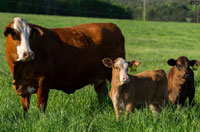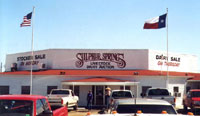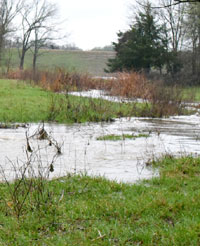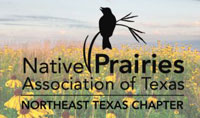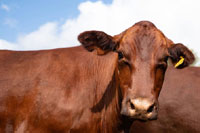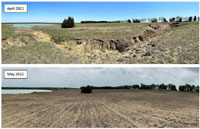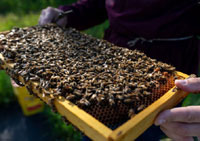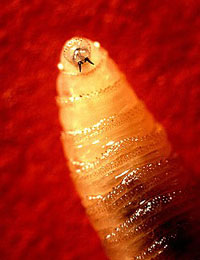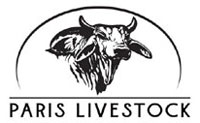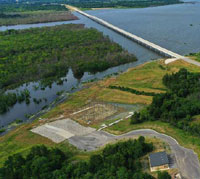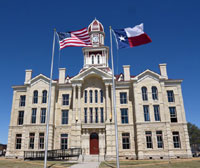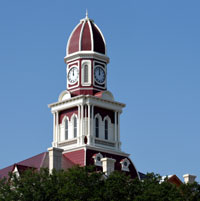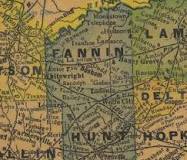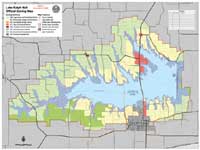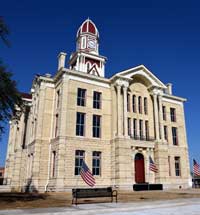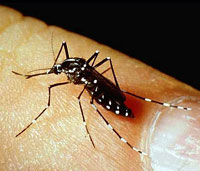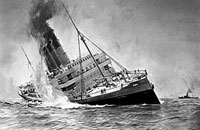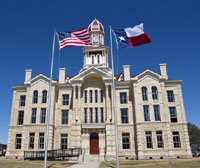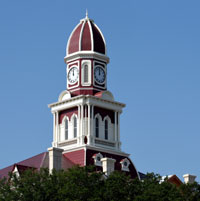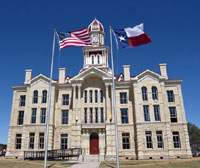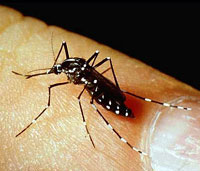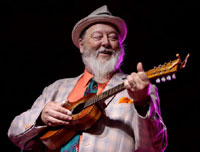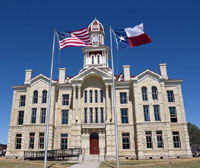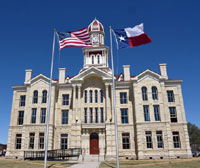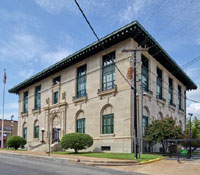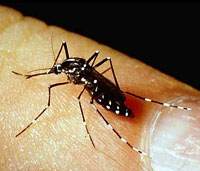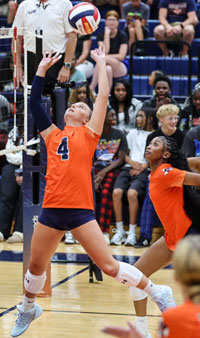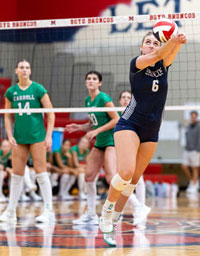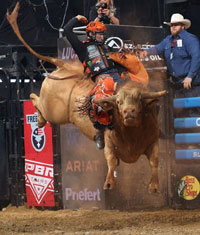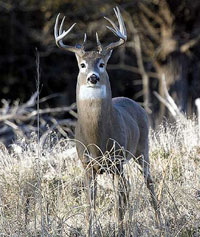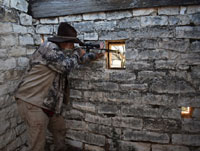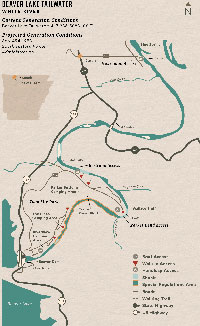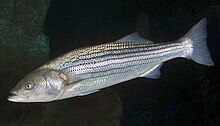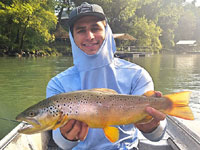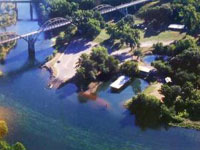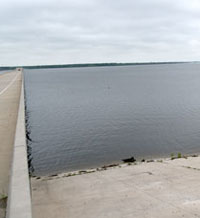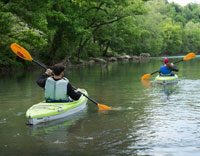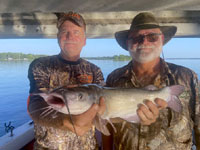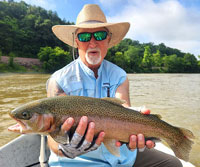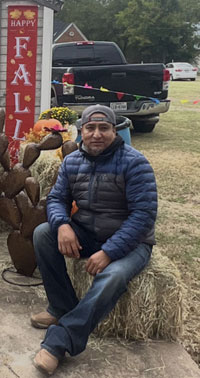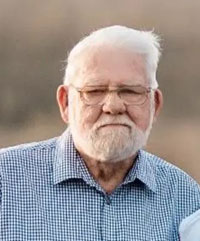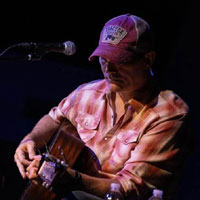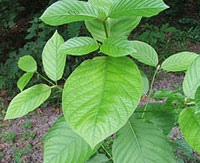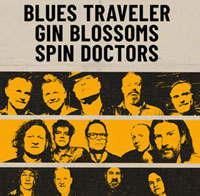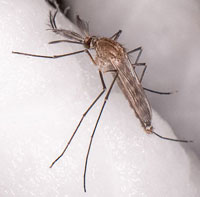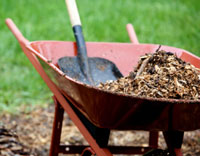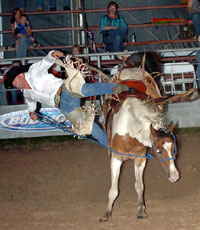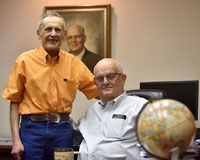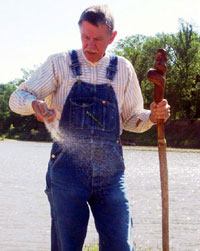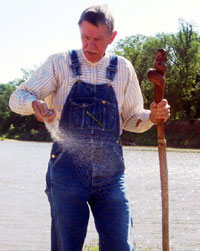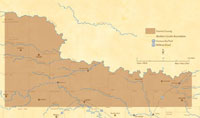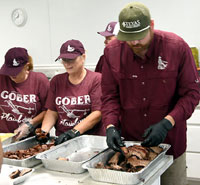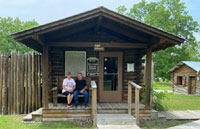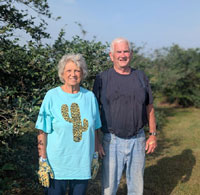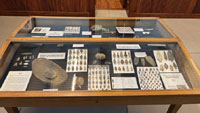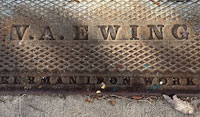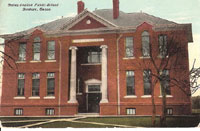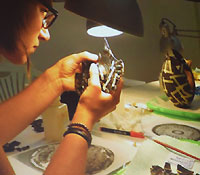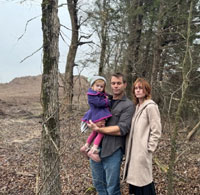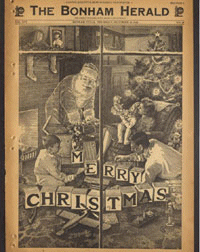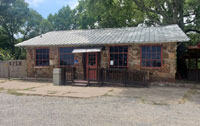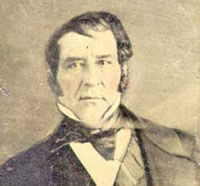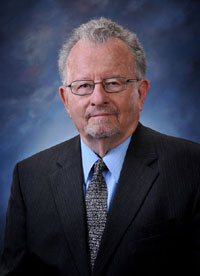Experts from Texas A&M AgriLife provide education, and answers about invasive insect
The New World screwworm has been making headlines lately, and in Texas, it’s top of mind for many. In May, the U.S. Department of Agriculture suspended importations of cattle, horses and bison from Mexico into the U.S. to prevent New World screwworm movement north following detection in Veracruz, Mexico.
Texas A&M AgriLife Research and Texas A&M AgriLife Extension Service experts have released an updated fact sheet publication about the New World screwworm to provide Texans with key information.
Texas is no stranger to the New World screwworm, but it’s been about 50 years since the fly wreaked havoc in the Lone Star state. The fly is most notorious for laying eggs in open wounds of living, warm-blooded animals. Then, once hatched, the larvae feed on the living tissue of the host.
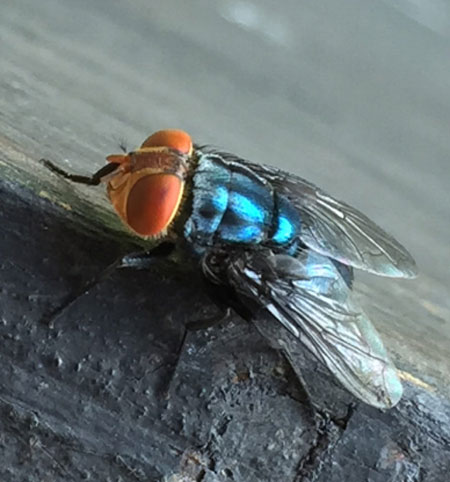
Although the closest detection is still 700 miles away, the New World screwworm is of increasing concern across the southern U.S., as it can potentially cause losses in the livestock and wildlife-related industries if it moves across the Mexican border and reestablishes.
The USDA Animal and Plant Health Inspection Service is working with Mexican officials to train personnel and expand surveillance and eradication efforts in Mexico to better address the movement of the fly northward.
Should the New World screwworm enter the U.S., this fly is estimated to cause losses, conservatively, of $2.1 billion to cattle and $9 billion to the hunting/wildlife industry in Texas.
Phillip Kaufman, Ph.D., professor and head, and Sonja Swiger, Ph.D., AgriLife Extension entomologist and professor, both in the Texas A&M College of Agriculture and Life Sciences Department of Entomology, Bryan-College Station, provided answers to some common questions about the New World screwworm.
What is the New World screwworm?
The New World Screwworm, Cochliomyia hominivorax, also known as the primary screwworm, is a tropical fly capable of surviving in the southern U.S. The New World screwworm is incapable of overwintering in regions that experience low temperatures or extended dry periods — they don’t do well below 45 degrees and certainly die if frozen, however, the larvae can burrow about 6 inches into the soil, changing the temperatures that they experience.
This fly poses a serious threat to livestock and wildlife because it deposits eggs into the wounds of living animals, thereby leading to larval infestations. Because they can host on any living mammal, they can also affect pets and humans.
This metallic green-blue fly with large orange eyes is about twice the size of a common house fly. New World screwworms do not bite animals; their damage comes from laying eggs in the open wounds of living, warm-blooded animals – though rarely birds. The immature fly larvae, or maggots, feed on the living tissues of hosts, burrowing into the animal’s tissue, causing tremendous damage and often resulting in the host’s death.
Why is it called a screwworm?
Screwworms get their name from how they feed — they burrow or “screw” into wounds. This can cause quite a bit of damage as they tear at the tissue with their sharp mouth hooks. The wound gets bigger and deeper as more eggs hatch and larvae feed. If wounds go untreated, infestations can lead to serious harm or be fatal.
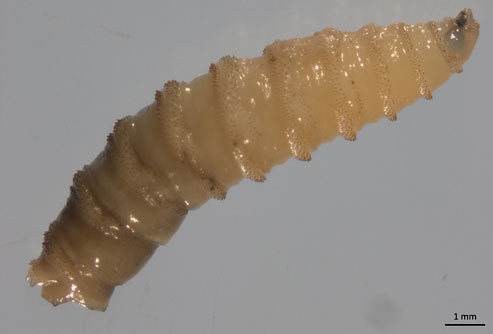
Why haven’t I heard of the screwworm before?
Many people haven’t. But many Texas ranchers remember it, or stories of it, well. Historically, the screwworm was a big problem in several areas of the southern U.S. prior to its eradication in the 1960s. Effective eradication in the U.S. was accomplished in 1966, and in 1967, U.S. cases fell to less than 1,000, a 99% reduction. Incursions by the pest continued for several years, prompting a multinational coordinated eradication effort in the late 1960s to eradicate the fly to southern Mexico and later to the Darién Gap in Panama.
North America has been considered screwworm-free since eradication, but active infestations occur in Jamaica, Cuba and across South America. In 2016, an outbreak was reported on Big Pine Key in southern Florida. It caused significant mortality to male Key deer, an endangered species. Eradication was achieved the following year, but not until substantial loss was suffered in the native deer population and at great financial cost.
Until 2023, the Darién Gap quarantine line held with occasional incursions into areas west of the Panama Canal, about 25 occurrences per year. Since 2023, the New World screwworm has been reestablished north of the Panama Canal. There have been 6,500-plus cases in 2024, and it has moved as far north as Veracruz, Mexico, as of May, but not into the U.S.
How was it eradicated?
Eradication is accomplished through surveillance, host treatment and quarantine, but the core to the successful eradication is using the sterile insect technique. The fly is produced in massive numbers, and during the pupal stage, the flies are subjected to a specific irradiation exposure, damaging their chromosomes and making them sterile.
This technique relies on sterilizing the flies without damaging their ability to fly, finding a nonsterile wild female and being accepted for mating. Female flies mate only once in their lifespan.
The sterilized males are released either through targeted ground operations or widespread aerial dispersal in massive numbers at regular intervals to overwhelm the wild female population with sterile males and suppress matings with wild males.
Initial eradication efforts in the southwest in the 1960s began with a 50-mile barrier zone at the Mexican border by releasing 200 sterile males per square mile per week.
How do you control screwworms?
Typical insecticide use on the New World screwworm is not as effective as with other insect pests due to its wide host range and occurrence on wildlife. Eradication is the best way to control screwworms. However, control/removal of the fly when found on hosts is critical to reducing the local population so that the sterile fly program succeeds more quickly and reduces animal suffering.
How do you prevent screwworms?
Historically, ranchers have altered breeding dates to avoid birthing during the fly season. Common livestock management practices and events, such as castration, dehorning, branding and birthing in all animals and antler velvet shedding in deer, often resulted in infestations. Infestations can occur at the site of any recent wound, like a scrape, lesion or even a tick-feeding site.
Other wounds of common infestation include those from ear tagging or shearing, as well as mucous membranes and antler shedding in deer. Newborn mammals are prone to infestations at the healing umbilical cord site.
What does a screwworm infestation look like?
Early stages of infestation can be difficult to detect. Key signs of screwworm infestations can include wounds that appear not to be healing or have excessive drainage or odor. Animals may exhibit irritated behavior such as head shaking, the smell of decaying flesh and maggots in the wound of a living animal.
What to do if you think an animal might be infested
If a wound on a living animal is found to have larvae in it, a veterinarian must be contacted. Find an accredited veterinarian or Texas Animal Health Commission, TAHC, region office. The veterinarian is mandated by law to collect and submit the larvae for identification to the USDA’s National Veterinary Services Laboratory.
Also, the animal should be immediately confined for wound care, and all larvae should be removed and placed into alcohol. After removing the larvae, treat the infestation with topical pesticides labeled for use on the animal to kill any larvae that may not have been removed and reduce the likelihood of re-infestation. The wound should be monitored until it fully heals. When dealing with livestock, all other animals in the herd should be checked for wounds and larvae.
Anyone who finds fly larvae infesting a living animal, called myiasis, must report this to a state veterinarian. The protocol for reporting can be found on the Texas Animal Health Commission website or at the USDA-APHIS website.
